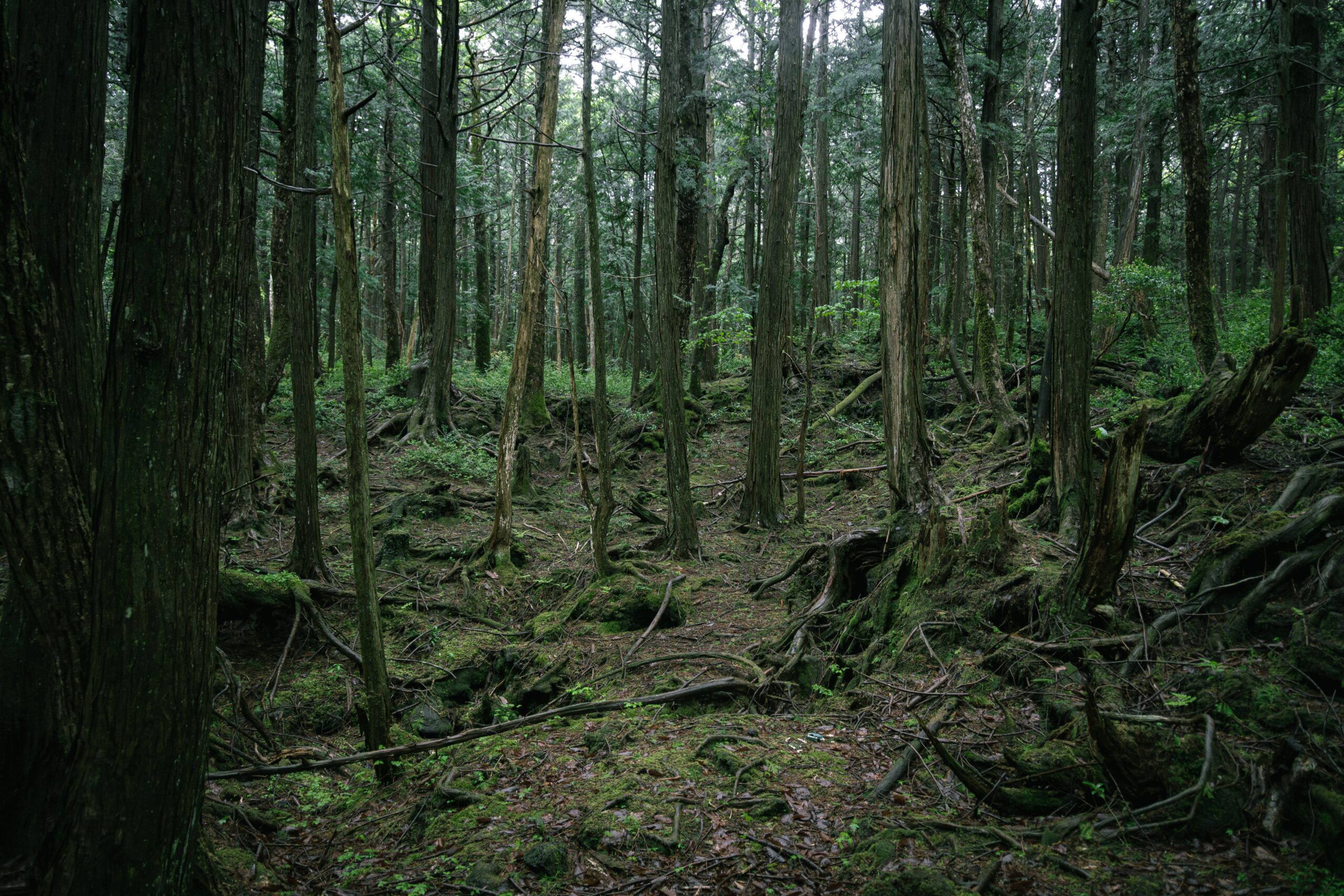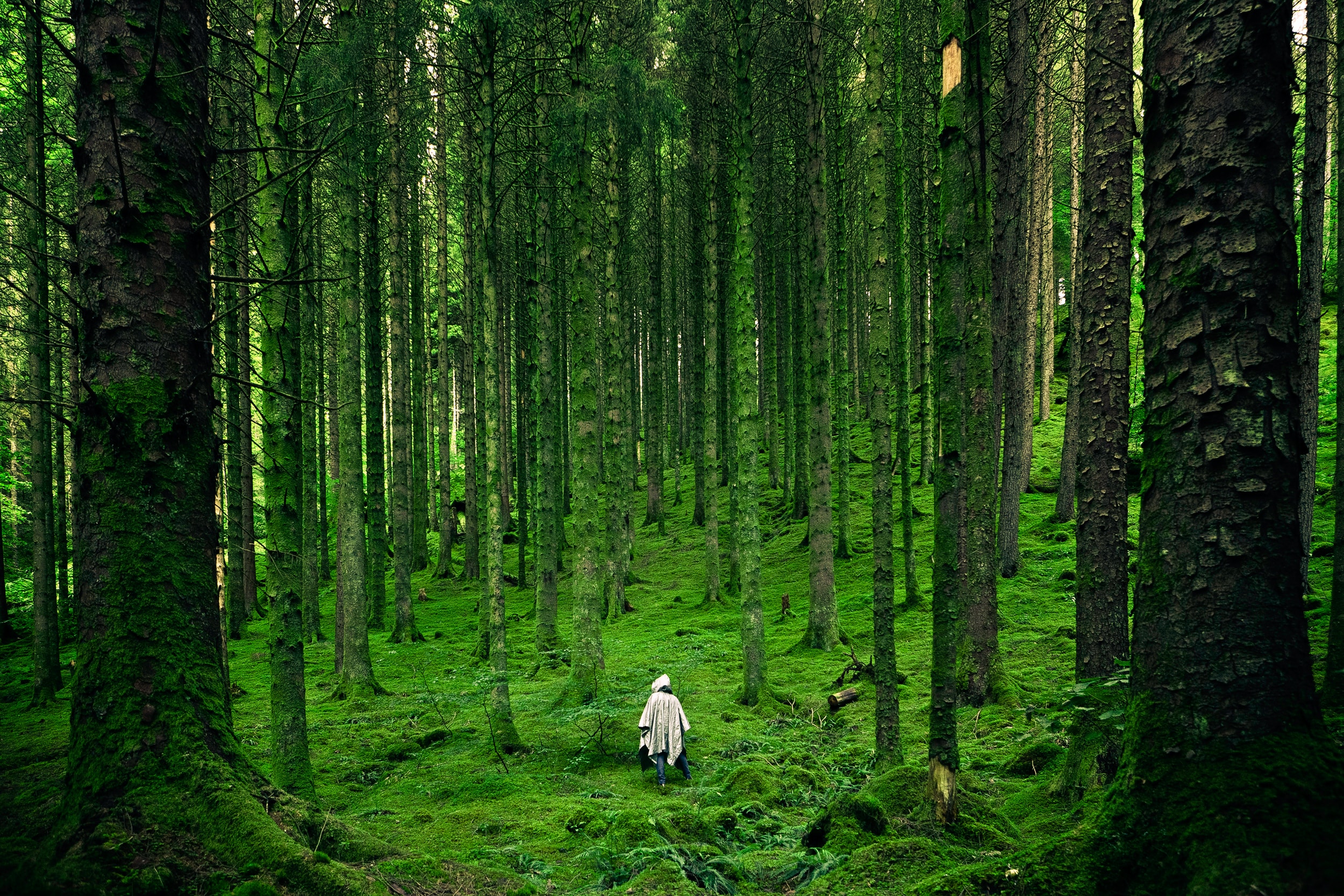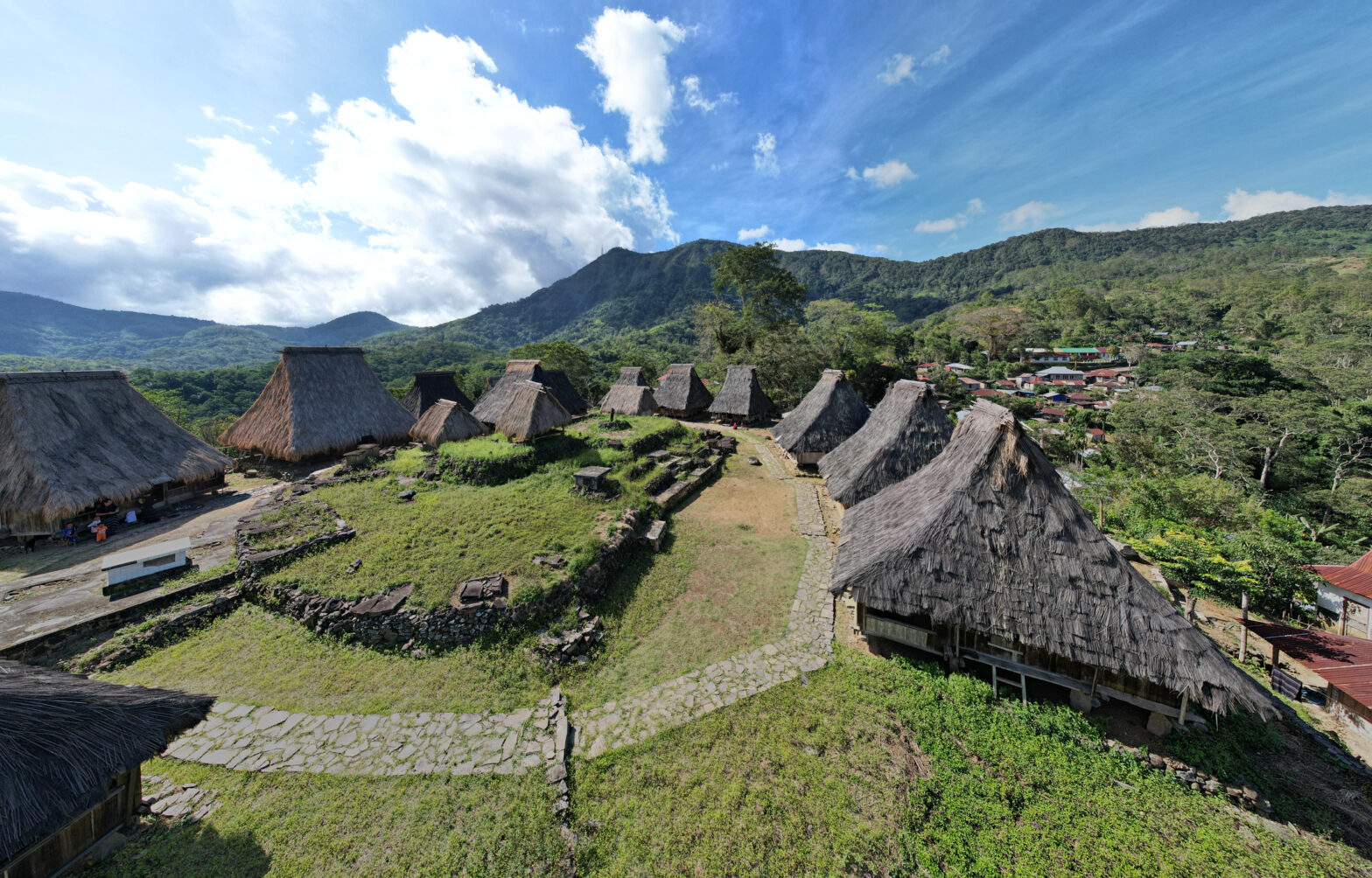The Aokigahara Forest of Honshu, Japan (also known interchangeably as the Sea of Trees and more insidiously, the Suicide Forest), is famous for its haunting history and reputation, some based on fiction and others based on facts. The forest is located near Mount Fuji, Japan’s tallest peak, and has a nearly eight-mile trail that can be hiked.
The so-called Suicide Forest has even gained cinematic attention. The 2016 Netflix mystery film, “The Forest,” explores how a young American woman searching for her sister gets acquainted with the tormented spirits of Aokigahara Forest. Although the film is fiction, the story is derived from the Japanese forest’s mythology. Many people have learned about the site from on-screen depictions and continue to travel to witness the legendary forest for themselves.
Even if film depictions of the site are the closest travelers plan on getting to it, this roundup of the important things to know about Suicide Forest may help unravel the mystery surrounding it.
What Is the Aokigahara Forest Like?

The name Sea of Trees is from the forest’s heavy foliage coverage. Because the Hinoki Cypress and hemlock trees serve as a type of natural canopy to the forest floor, a lot of sunlight is blocked out. It is even said that on rainy days hikers do not feel a drop of water fall. While this canopy serves as a benefit for tourists who hike the virgin forest, it has added to the mystique of its many disturbing features.
Another interesting feature of the forest is that it is located at the base of Mount Fuji. The over a thousand year old forest is situated where, in 864, an ancient lava flow of Mount Fuji occurred. This volcanic activity created a very rocky environment for the forest to build itself on. Visitors will notice the firm terrain which is covered in foliage. The porous lava bedrock even contributes to the legends, since it absorbs sound and adds to the feel of isolation.
Forest Flora and Fauna
For nature lovers, this forest is a sight to behold. As travelers may imagine, the thick canopy of trees does impact the forest’s environment. A cool and humid environment is created due to the protection of the trees, which essentially locks in a vast amount of moisture. Bryophytes, which are small plants that grow in shady and damp areas and do not produce flowers and seeds, thrive here. A variety of lush green mosses (a type of Bryophytes) cover the forest floor and trees, which visitors can observe all year long.
Aokigahara Forest is a gold mine for nature watching. There are plenty of organisms in the Aokigahara Forest, which visitors will be lucky (or unlucky) to encounter. Although the forest can seem to be only a cacophony of color since it is a particularly quiet place due to its density of trees and soundproof lava bedrock, there are thousands of creatures that call it home. Some of the mammals that visitors may be able to observe (and should be wary and respectful of) are the Asian Black Bear, Japanese Flying Squirrels, deer, and even wild boar. Visiting bird watchers will enjoy the search for the Oriental Turtledove or Japanese White-Eye since there are around 60 wild bird species.
Is Aokigahara Forest Haunted?

Since the 1960s, Aokigahara Forest has been considered a uniquely morbid destination for some, hence its other name, Suicide Forest. Japan has one of the highest rates of suicide in the world, and this forest has become known as an area in which some people struggling with suicidal tendencies go. This has led to regular patrols of the area that both discourage (and unfortunately, discover) those who have considered suicide at the site. In fact, in 2010, the Japanese government stopped sharing the number of deaths that occur in the forest to stave off the morbid stories that feed into Aokigahara’s darker history. As another precaution, the forest has established trails and forbidden zones that guide tourists to the places they can and cannot go, out of respect for the deceased and for safety reasons.
The forest is also said to be home to Yūrei, the ghosts of the dead that harbor a penchant for vengefulness, according to Japanese mythology. As told in legend, Yūrei wander the Aokigahara forest and are considered by some Japanese people to be like demons. Because of this, and how Japanese culture traditionally views suicide, many locals and Japanese people do not dare to enter the Suicide Forest.
Should People Visit the Aokigahara Forest?

Regardless of belief systems, travelers should always remain respectful when visiting places that have a dark history and deep cultural significance. This was made abundantly clear in a 2017 video of YouTuber Logan Paul hiking in the forest. He unceremoniously broadcasted images of a deceased person in the forest, which in turn led to an outcry from Japanese officials and social media in general. Since then, the Japanese government has taken more precautions for visiting tourists.
Security cameras have been installed at the entrance to the forest to keep track of who comes and goes to curb suicidal or disagreeable behavior. Consideration for global mental health is also made clear at the entrance to the forest, where a sign expresses how visitors should reflect upon the importance and value of life. There is also a portion that pleads for visitors to not suffer alone and lists a suicide hotline number for those in need.
If you or someone you know are thinking about harming yourself or attempting suicide, tell someone who can help right away. Call or text 988 to connect with the 988 Suicide & Crisis Lifeline . The Lifeline provides 24-hour, confidential support to anyone in suicidal crisis or emotional distress.





